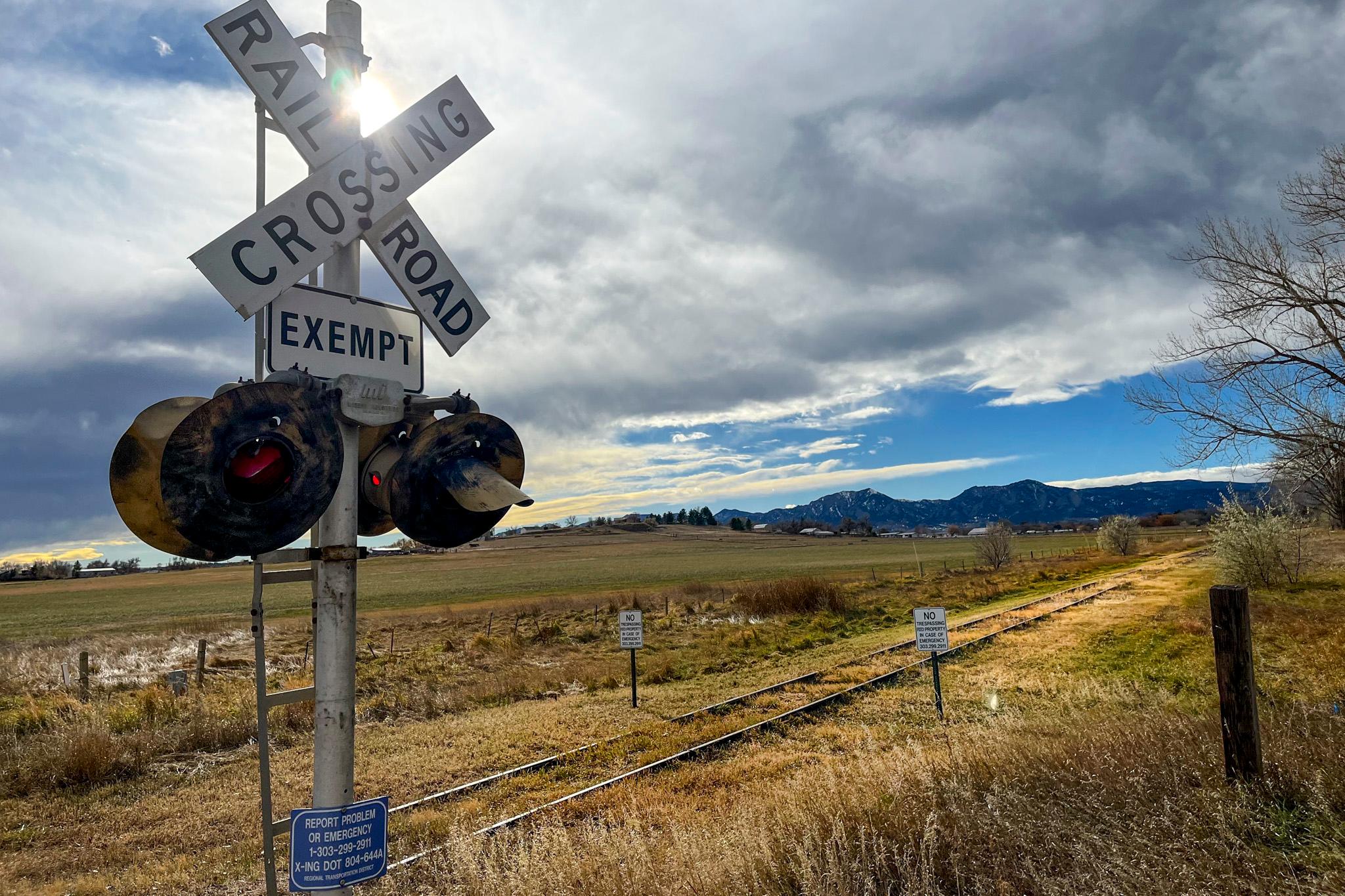
Just east of Boulder lies an out-of-service rail line owned by the Regional Transportation District, the very organization that famously has yet to deliver on its promise of passenger rail to the city.
This line, unfortunately for rail-starved Boulderites, doesn’t go toward Longmont or Denver, where the Northwest Rail Line will perhaps someday carry passengers. Rather, it goes roughly straight east to Erie where RTD has no plans to provide rail service.
But the old rail line could still have a use. The Boulder County Commission last month approved a plan to build a bicycle and pedestrian trail between fast-growing Erie and Boulder, with the RTD property the early favorite to host the path.
“There's no safe connection between Erie and Boulder,” Tonya Luebbert, regional trails planner with Boulder County, said in an interview. “We are trying to provide that.”
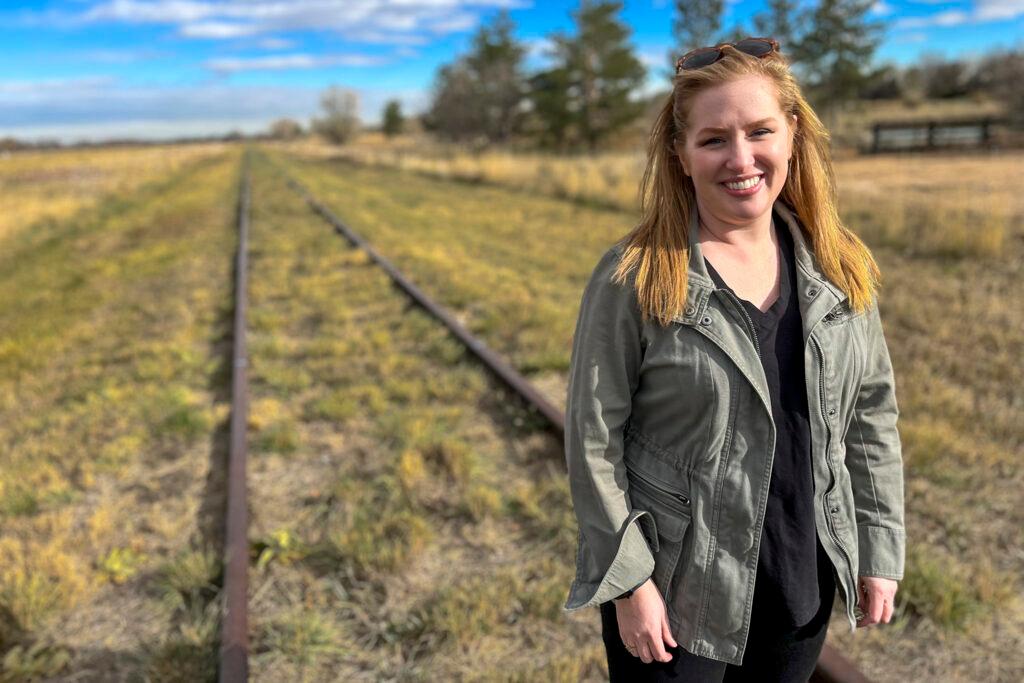
Wait a minute. Why does RTD own this land anyway?
In the late 2000s, RTD paid Union Pacific $185 million for property it used to build three rail lines: the A, G and N lines. The N line property stretches for 33 miles from Denver through Thornton, where the N Line ends now, to Erie and, ultimately, to the east side of Boulder.
RTD still hopes to extend the N Line to State Highway 7. After the Northwest Rail Line project was indefinitely delayed in the 2010s, RTD even looked at extending the N Line both into Longmont and into Boulder through Erie.
But it quickly rejected those ideas.
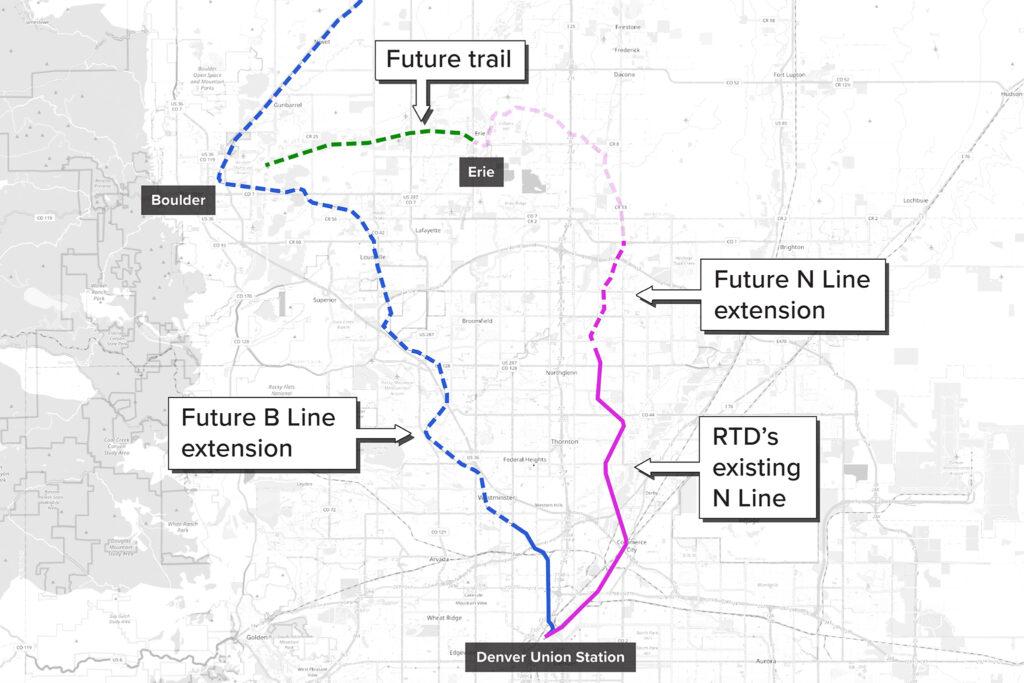
The Boulder extension was dismissed because of potential harm to wetlands and open space. The Longmont extension was studied a bit more, but it too was dropped after estimates found it would carry fewer than 1,000 people a day.
Today, officials at RTD and the state and local governments all believe that the Front Range rail project has far more potential to bring passenger rail service to Boulder and Longmont.
That’s left the rest of the old Union Pacific line, called the “Boulder Industrial Lead” or “Boulder Branch” unused. Insurance and other issues foiled a plan in the early 2010s for a Wild West-themed train on the line.
Today, the line looks forgotten. But Boulder County planners have had their eyes on it for years.
The county first approached RTD about it in 2011, an RTD spokesperson said. County planners had originally called it the “RTD Rail Trail,” but later switched to the “BERT” — the Boulder Erie Regional Trail.
“It did confuse the community,” Luebbert said. “We got a lot of questions if it was going to be passenger rail.”
The community appears to be supportive of the plan. An online survey of more than 450 people who lived near the line found 93 percent of respondents would use it. Most said they’d use it for recreation, but 30 percent said they’d use it to commute.
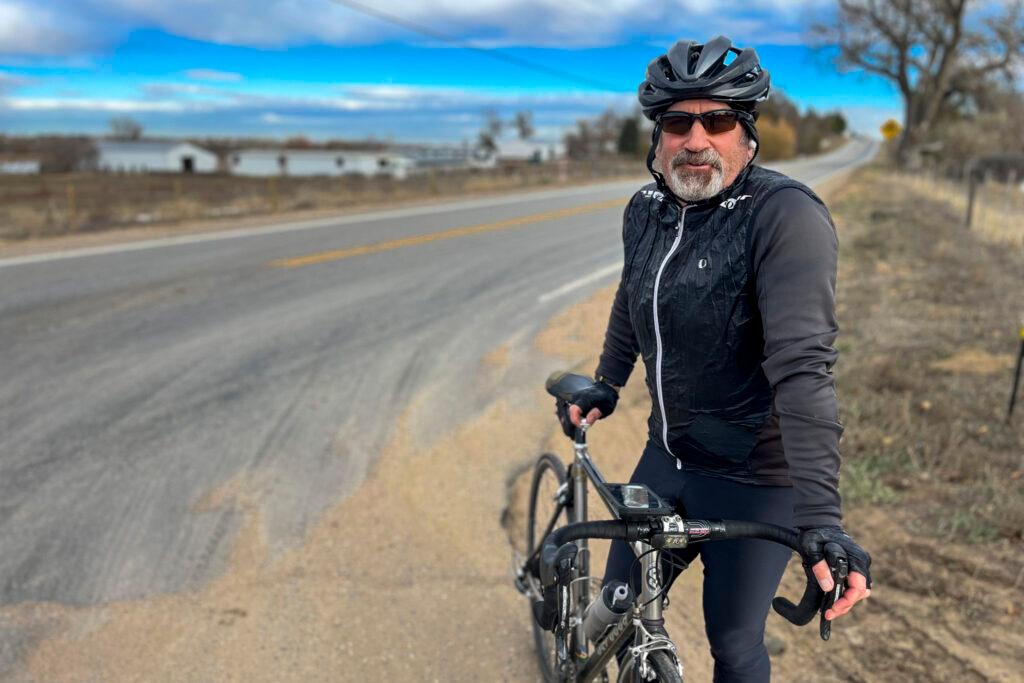
“This corridor could use some more east-west trails off the roads,” said Freddy Blume, a Boulder County cyclist who said he’s been hit multiple times on roads. He used to commute by bicycle but now just rides, “around in circles to get my heart rate up.”
The county commission’s vote means county staff can start pursuing federal and state grants to do more detailed planning, and ultimately, construction, Luebbert said. She estimated costs at $30 million.
The design process will take a few years, Luebbert said. Planners need to further analyze potential impacts to wetlands and wildlife, and consider routes outside of the RTD line. It’s also possible the trail will be built in sections as money allows.
“A lot just depends on if we get funding, and when that funding becomes available,” she said, adding that she’s worried about federal funding for bicycle and pedestrian projects under the incoming Trump administration.
RTD says it’s open to a trail — but it’s leaving the door open to rail, too.
Thousands of miles of old rail lines have been turned into recreational trails across the country, according to the Rails to Trails Conservancy. But given Colorado’s big plans for new passenger rail lines, advocates say RTD should reserve the right to use its property for train service.
“It would be a horrible move to eliminate a potential commuter corridor now without anticipating any future uses,” said Jack Wheeler-Barajas, president of the Colorado Rail Passenger Association.
Erie is growing quickly and could someday have a population level that supports a passenger rail line into Boulder, Wheeler-Barajas said. A rail line between Palmer Lake and Fountain was turned into a trail decades ago, which he said is forcing Front Range passenger rail planners to find another route over that stretch.
“That rail line will never be resurrected,” he said. “It is impossible.”
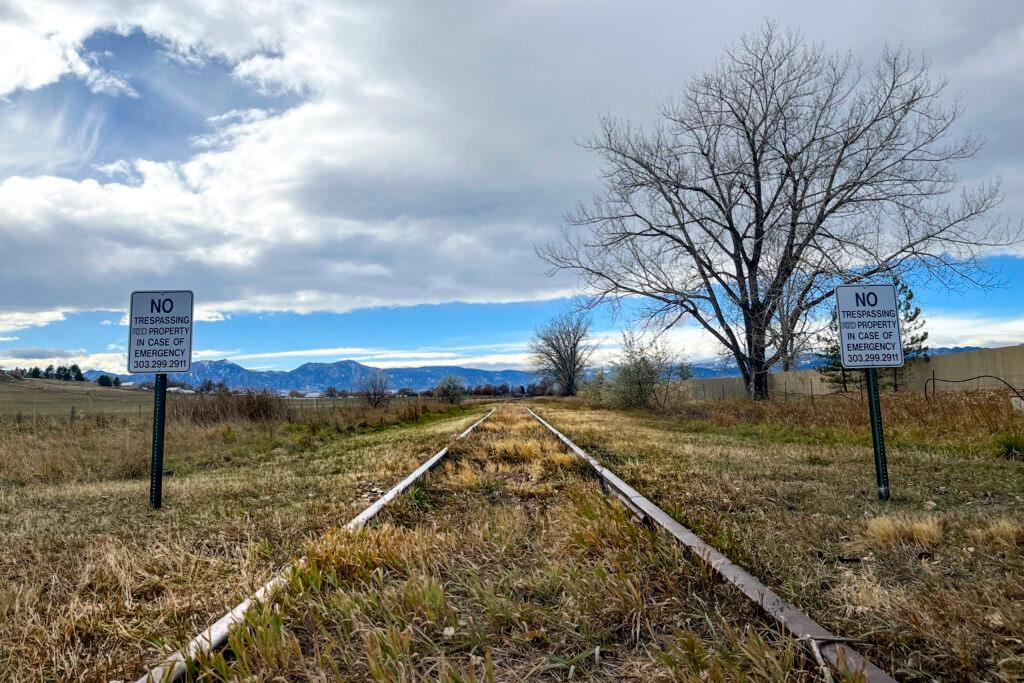
The Rio Grande Trail between Aspen and Glenwood Springs, on the other hand, has been “rail-banked” and could someday hold a rail line again if there’s demand for it. In Denver, state planners are moving to sell an old railyard south of downtown but want to reserve access to pieces of it through an easement.
RTD spokesperson Marta Sipeki said the agency is comfortable with Boulder County’s preliminary plans to use its property — but wouldn’t hand it over to the county permanently.
“The agreement will be written such that RTD will have the ability to revoke the license agreement at any time,” Sipeki wrote in an email.
The trail would be mostly located to the side of the existing tracks, Leubbert said. Those would remain in place because RTD doesn’t want them removed. County documents also show that RTD wants a “revert clause” that would require the county to return the property to its current condition if RTD ever wants to operate trains on the line.
“The value of the land is that it’s a rail corridor; the rail part is critical,” Sipeki wrote.









